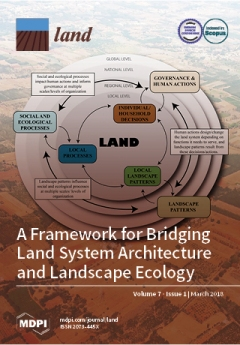Rural-urban linkages in practice. Promoting agricultural value chains
Agricultural value chains link urban consumption with rural production. Changing demand, as a consequence of urbanization, emergence of «modern» consumption patterns or new trends in international trade, impacts on rural areas along value chains and spills over to marketing and production systems.These rural urban linkages bear challenges but also mutual benefits for producers and consumers and can be promising entry points for development interventions.This is illustrated with the case of the Kenyan potato value chain.




